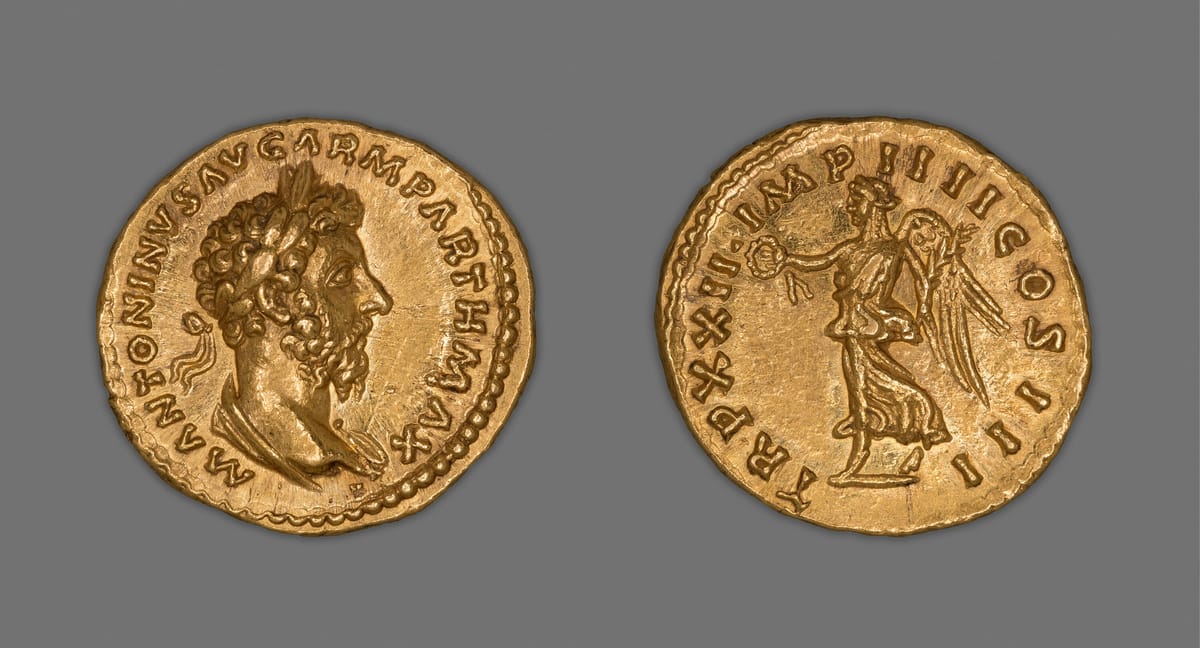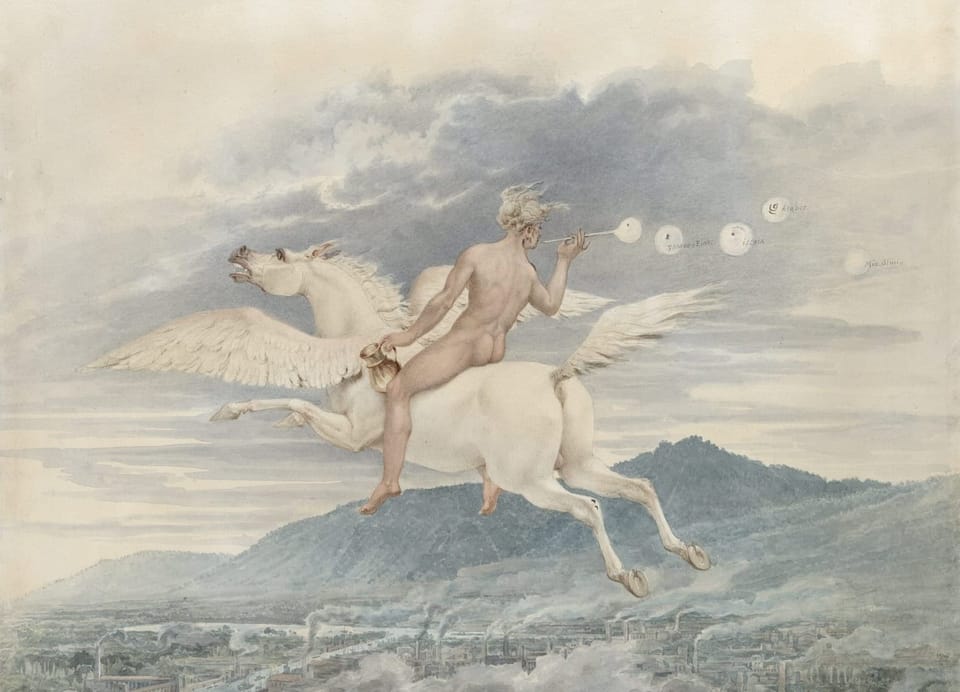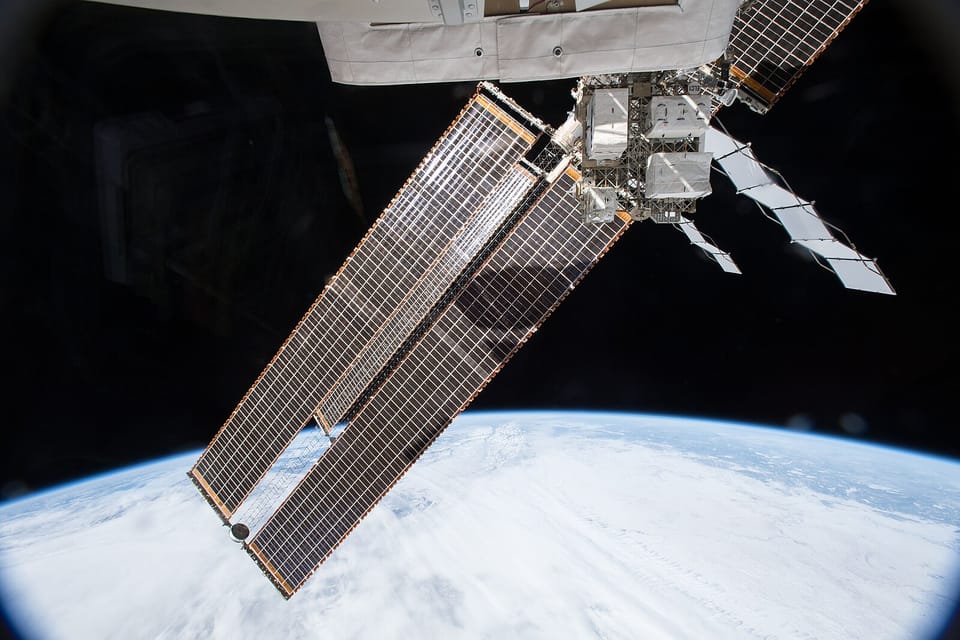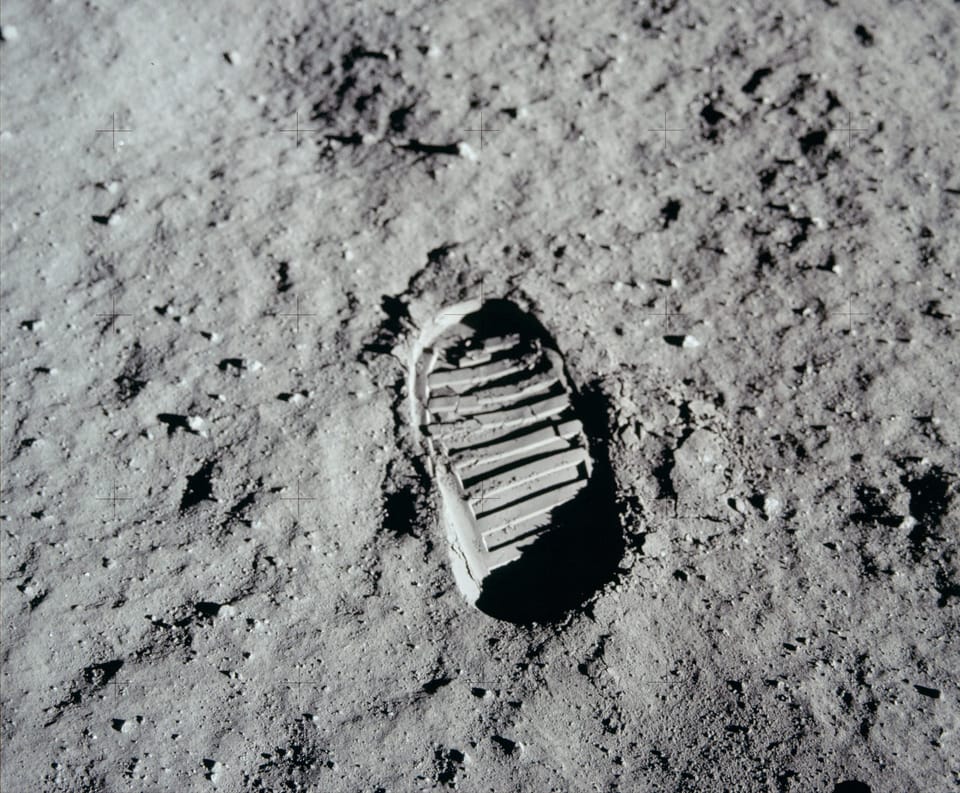Why AI Could Push Gold To $10,000 Per Ounce By 2030
As AI leads us to an age of abundance where machines produce at zero marginal cost, value might shift to genuinely finite assets. With central banks accumulating gold, quantum threats to crypto, and unprecedented monetary expansion, gold could reach $10,000 per ounce by 2030.

This is the author’s opinion only, not financial advice, and is intended for entertainment purposes only. The author holds beneficial long positions in gold. The author receives no compensation for writing this article.
In his Techno-Optimist Manifesto (2023), Marc Andreessen wrote, "we believe technological progress therefore leads to material abundance for everyone," echoing Ray Kurzweil's prediction of an age of abundance in "The Singularity Is Near" (2005). In the 2020s, we may have entered the steep part of the exponential curve of technological progress, as Kurzweil predicted.
It took more than half a millennium to go from sharing information at low marginal cost with Gutenberg's printing press to sharing information at zero marginal cost with the internet. From this milestone, it took merely three decades to reach the point where we could generate information at zero marginal cost through generative AI. The next step will be the physicalization of information at zero marginal cost through robotics. But when robots can produce goods endlessly at near-zero cost, when physical products become as abundant as digital files, what remains valuable?
The answer points increasingly toward assets that remain genuinely finite. You can't manufacture land on demand. You can't mass-produce authentic Rembrandts. And you can't synthesize gold. In a world where AI makes almost everything abundant, the truly scarce may become exponentially more valuable. This technological revolution could drive gold prices to unprecedented heights in the years to come.
But why would we need gold or even wealth when AI and robotics lead to an age of abundance? The answer is short: we don't need it, but we will want it. In some first world countries today, even poor people enjoy better healthcare, security, and nutrition than the wealthiest did centuries ago. But I'm pretty sure the poorest people today are nevertheless not happier than the richest people in the 1700s. Why? Because we always compare ourselves with each other. So although we or our descendants might objectively live a great life in an age of abundance, being "poor" compared to others won't feel nice, even if the differences involve only completely unnecessary things.
Gold has held value since it was first found and processed in ancient times, simply because it's beautiful, rare, durable, and doesn't tarnish. These qualities have sustained its value through the rise and fall of countless empires and monetary systems. Some say that gold has no intrinsic value. I would reply: gold is value, everything else is credit. In German, for instance, the very word for money, Geld, is directly derived from gold.
Some see cryptocurrencies, especially Bitcoin, as gold's successor, calling it "digital gold". But despite crypto's meteoric rise in the last decade, gold has rallied in 2025 to historic heights. Cryptocurrencies might face an existential threat from quantum computing. Ethereum co-founder Vitalik Buterin estimates roughly a 20% chance that quantum computers capable of breaking current cryptographic standards will emerge before 2030. While I believe the current state of quantum computing technology is largely overstated, quantum chips might still prove useful for narrow applications like breaking cryptocurrency encryption sooner than anticipated. Even if this doesn't happen in the next few years, the theoretical possibility alone could shatter trust in cryptocurrencies, which lack any physical correlate. Some would counter that Bitcoin is backed by energy, the electricity required to mine it. But this applies equally to gold, whose mining costs ultimately depend on energy prices as well. Similar tech optimistic scenarios could threaten gold through space mining or deep earth crust exploration. Nevertheless, I suspect we're much further from mining asteroids than from breaking human-invented encryption standards.
I fear a vicious cycle as AI and robotics displace human workers, the first sign that we're approaching an age of abundance. Federal Reserve Chair Jerome Powell recently stated that a weakening labor market would justify further rate cuts. AI is already driving tech layoffs, and accelerated automation will further weaken the labor market. But rate cuts won't prevent this displacement; rather, they'll accelerate investments in the very technology that's causing it. Meanwhile, the Federal Reserve appears to be quietly tolerating higher inflation, with markets already pricing in a de facto 3% inflation regime that Fed forecasts suggest will persist for years. This tolerance continues the extraordinary expansion of global money supply, which has exploded from under $1 trillion in 1970 to approximately $180 trillion in 2025, steadily eroding the purchasing power of every fiat currency.
Meanwhile, central banks accumulate gold at unprecedented rates. Since 2022, they've been purchasing more than 1,000 tonnes annually, roughly double the average of the previous decade. For the first time since 1996, gold represents a larger share of global reserves than U.S. Treasuries, with about 27% of reserves now held in gold, surpassing the euro. Nations from China to India to Turkey are diversifying away from dollar holdings following the West's freezing of Russian reserves. A World Gold Council survey found that 95% of central banks expect global official gold reserves to increase over the next year, with 76% planning to expand their own gold allocations over the next five years.
The price forecasts from major banks, while bullish, remain conservative compared to what is currently happening. In early September, Goldman Sachs projected gold reaching $3,700 by year-end 2025 and $4,000 by mid-2026, while UBS forecast prices around $3,800 by the end of 2025. Gold already broke through $4,000 on October 7. Yet Goldman also warned of more extreme possibilities: if political pressure undermines Federal Reserve independence and triggers another money printing spree, gold could approach $5,000 per ounce.
But will AI and robotics usher in an age of abundance by 2030? That seems very optimistic. However, we should remember the progress we've made since ChatGPT's release in November 2022 alone. That's the challenge with the steeper part of the exponential curve: progress accelerates rapidly. More technological advancement could occur next year than in entire decades of the 19th century. And even if we're not living in an age of abundance by 2030, this future scenario will appear increasingly realistic and imminent. We must never forget that investors always look to the future when valuing assets. Already, business leaders returning from China report being "terrified" by how far the country has advanced in integrating robots into industry, according to The Telegraph.
Gold has held value for millennia and might continue to do so. Quantum computing may expose fatal flaws in cryptocurrency architecture. Central banks appear committed to currency expansion as their primary policy tool. Each trend alone supports the case for gold; together, they suggest its ancient role as humanity's preferred store of value isn't ending anytime soon. Moreover, as AI and robotics drive us toward an age of abundance where machines can replicate nearly everything, gold's value may increase exponentially. For investors navigating this strange new world where computing eats everything except the periodic table, an allocation to the world's oldest form of money might prove to be the most forward-thinking move of all. The $10,000 price target may seem aggressive today, but in a world of accelerating technological change and continued monetary expansion, it might prove conservative by decade's end.
Follow me on X for frequent updates (@chaotropy).




